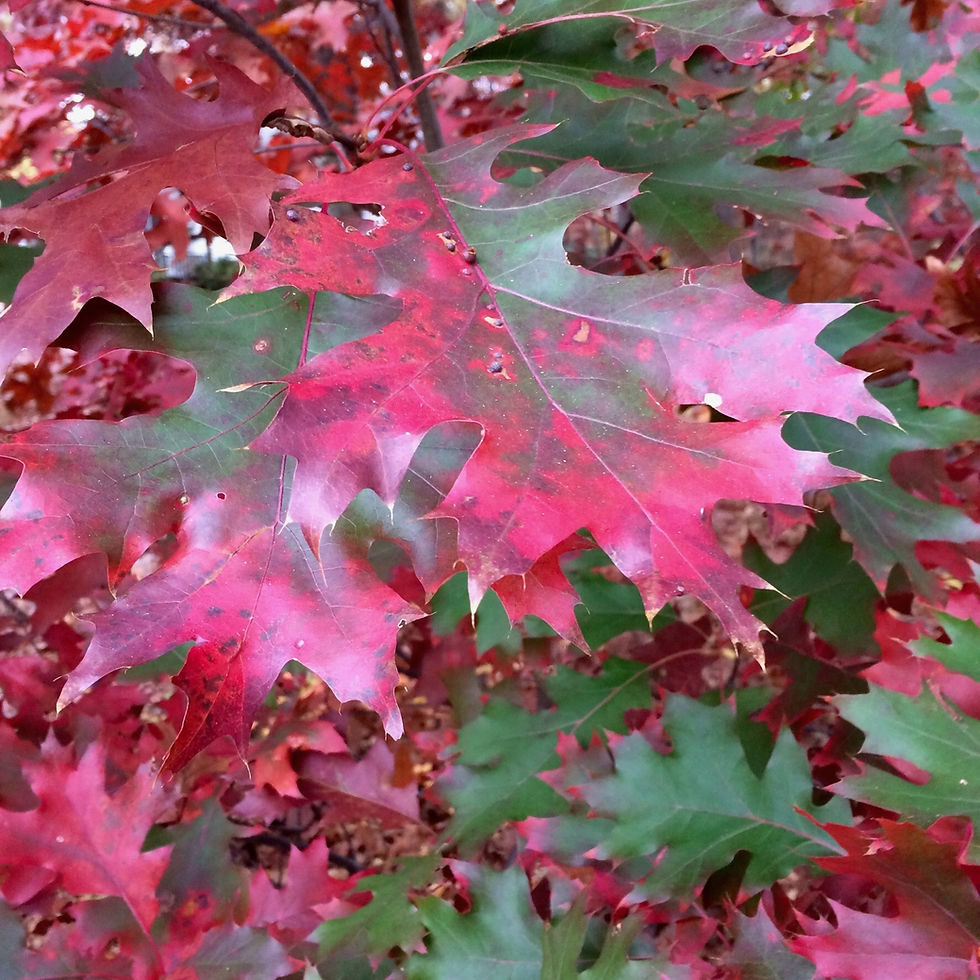Native Plant of the Week: American Arborvitae aka Eastern White-Cedar
- Kimberly Simmen
- Jan 21, 2024
- 2 min read
Family: Cupressaceae
Name: Thuja occidentalis
Bloom Time: April-May
Flower: Female: green with 4-6 scales, Male: green tipped with brown
Fruit: Small, round cones
Soil Condition: Moist, cool, well-drained
Light: Sun, Partial Sun
Size: 40-60' tall by 10-15' wide
Native Range: Eastern and North-central United States including Long Island
Zone: 3-7
Unfortunately, it is almost impossible to find the straight species. This is unfortunate because it is a gorgeous, fragrant evergreen! Although not deer or rabbit-resistant, it makes a spectacular specimen tree in a large space (see pic).
Maintenance: None necessary. Remove dead or diseased branches when necessary.
Benefits: Provides food and shelter for birds. Tolerates air pollution. Black walnut tolerant. Cut branches are excellent for holiday decor. It is a host plant for several butterfly and moth species including the Promothea silkmoth and the Eastern bagworm.
Fun Facts: Arborvitae means 'tree of life'. Native Americans prepare tea from the foliage and bark. It is said to have saved the crew of Jacques Cartier from scurvy in 1535. It is now known that the bark and foliage are high in vitamin C. Native Americans use the wood for canoe frames. The gum is placed in cavities as a filling and for tooth pain.
Noteworthy Cultivars:
Thuja occidentalis 'Emerald Green' (or 'Smaragd'): discovered as a seedling in Denmark in 1950 and introduced to the states in 1967.
Thuja occidentalis 'Tater Tot' ('SMNTOBAB'): growing only 1-2' tall and wide. Great in both planters and the garden. Adorable!
Thuja occidentalis 'Polar Gold' ('SMTOYB')- gold foliage, upright pyramidal shape, compact size to 12-15' tall by 4-6' wide. It is bred to withstand hotter and more humid climates.
Thuja standishii x plicata 'Green Giant': a hybrid (notice the 'x' in the name) of Western red cedar (Thuja plicata) and Japanese arborvitae (Thuja standishii).
Companion Plants: Spirea alba (meadowsweet), Hydrangea arborescens (smooth hydrangea), Physocarpus opulifolius (common ninebark), Cercis canadensis (eastern redbud)
Photos (KMS Native Plants): Natural form (winter), open cones
=============================================================
References:
1. Ethnobotany of the Lenape Indians and Other Eastern Tribes, Book Two: Trees, Nuts, and Berries. Compiled by Shelley DePaul















Comments